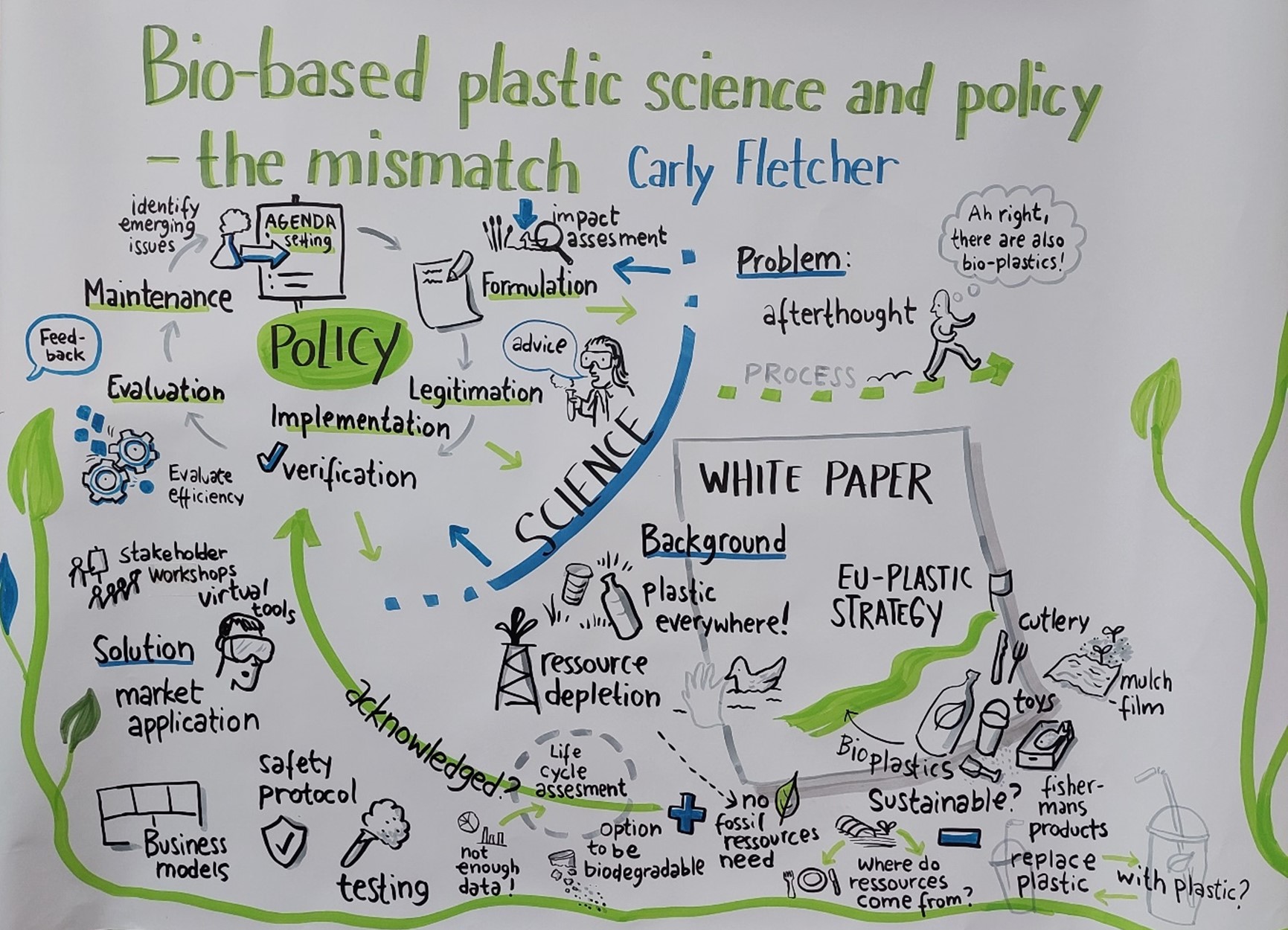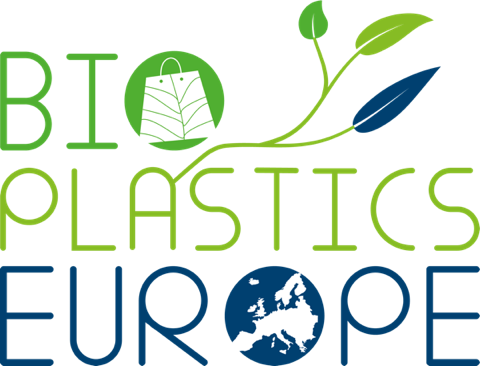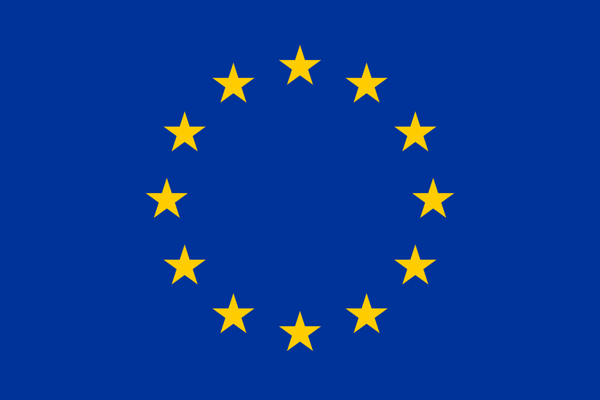Addressing the mismatch between policy and science
A white paper will tell the story of bio-based plastics and their alignment with current EU policies and strategy
By Dr Carly Fletcher Manchester Metropolitan University (MMU) – United Kingdom

The BIO-PLASTICS EUROPE project has worked with all project partners to create a policy framework that syntheses the findings of the project into a series of policy briefs and other communication tools. Partners will also produce a white paper that is scheduled for publication at the end of the project.
The white paper will utilise findings from across the project (from technical and non-technical work packages) to tell the story of bio-based plastics and their alignment with current EU policies and strategy, identifying any potential limitations. Most importantly, it will present the various briefs, tools, and other engagement formats that the project has developed to put forward potential solutions for the barriers identified. It will combine all the findings of the project into one document to present an argument based on outputs such as public deliverables, academic papers, experimental results, etc., synthesising all of the information generated by the project and making linkages to the many solutions that the project partners have developed.
But why have we tasked ourselves with completing such a big task at the end of the project? One word – IMPACT. And in this case, we want to make sure that all the findings generated by the project can be fed into appropriate mechanisms to impact policies of the future.
Policy can be thought of as a system of guidelines used to inform decisions that will achieve a rational outcome, or a statement of intent that is implemented through procedure and protocol. While it may seem sometimes that policy comes out of nowhere – creating confusion for those that must apply it and providing dramatic headlines for news outlets – policy actually follows a predetermined process.
Cyclical in nature, the policy process starts from a notional point (agenda setting) where policymakers begin to consider a specific problem. Following formulation and implementation, the policy process then evaluates effectiveness before arriving at the notional endpoint. At this point, policy makers must decide what happens next – will the instrument be maintained, updated, succeeded, or terminated completely – starting the cycle again.
Science has a crucial role to play throughout the policy cycle, where scientist should offer a supportive role in the policy cycle, presenting current knowledge, undertaking impact assessments, and evaluating effectiveness. However, a mismatch is often observed – where scientists and policy makers seem to inhabit two different worlds and use completely different languages.
Indeed, the literature on the research-policy gap has concluded that timely access to good quality and relevant research evidence, collaborations with policymakers, and the building of relationships and skills with policymakers are the most important factors in influencing the use of evidence. As such, poor scientific communication along with the variation regarding the content and quality of evidence available can create significant barriers to the policy making process.
By publishing our whitepaper, the BIO-PLASTICS EUROPE project acknowledges and ultimately tries to overcome this mismatch between science and policy. As shown by the graphic illustration below, the development of the whitepaper will be the accumulation of many project hours, numerous in-depth discussions and the synthesise of results from across the project.

